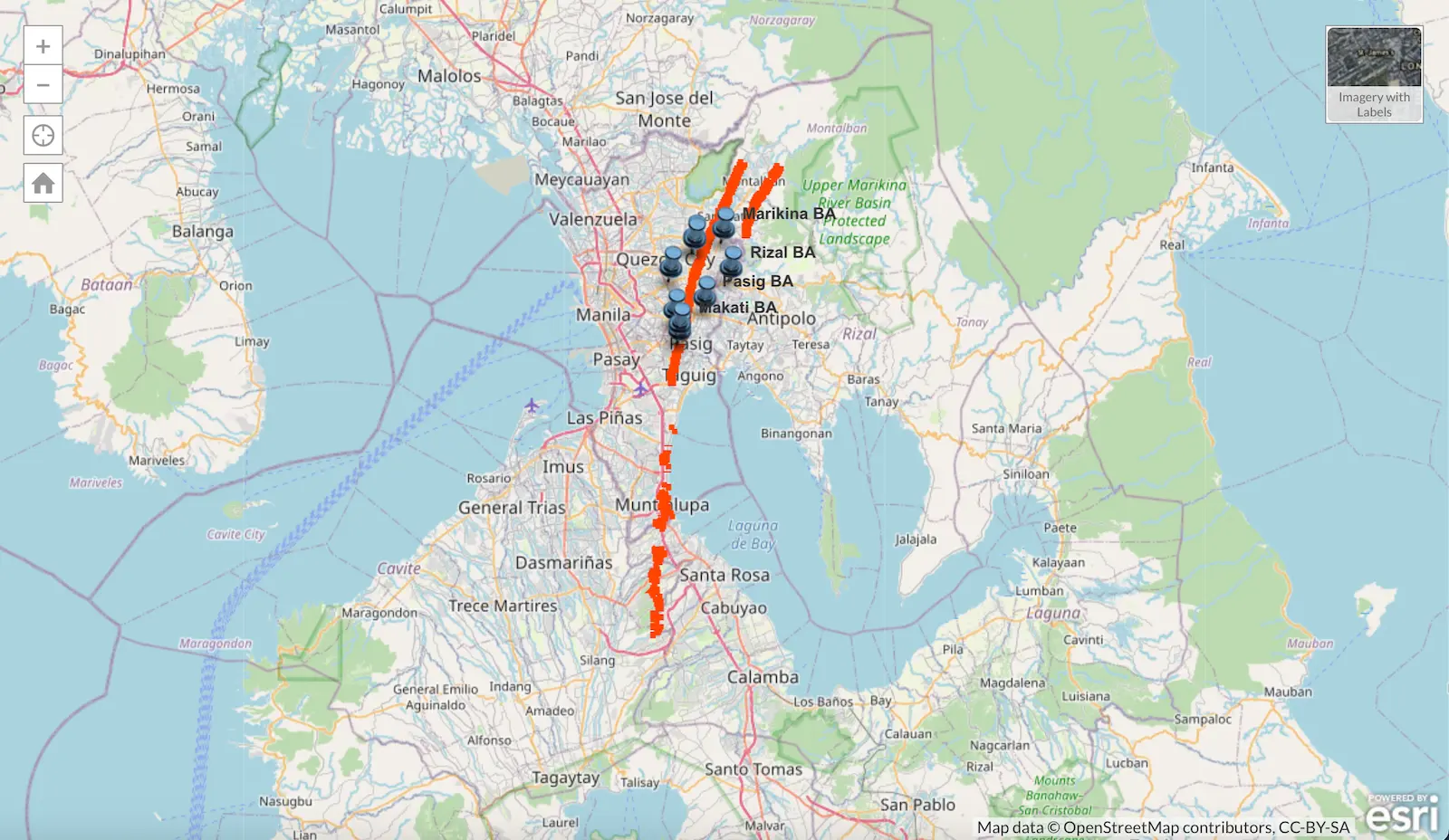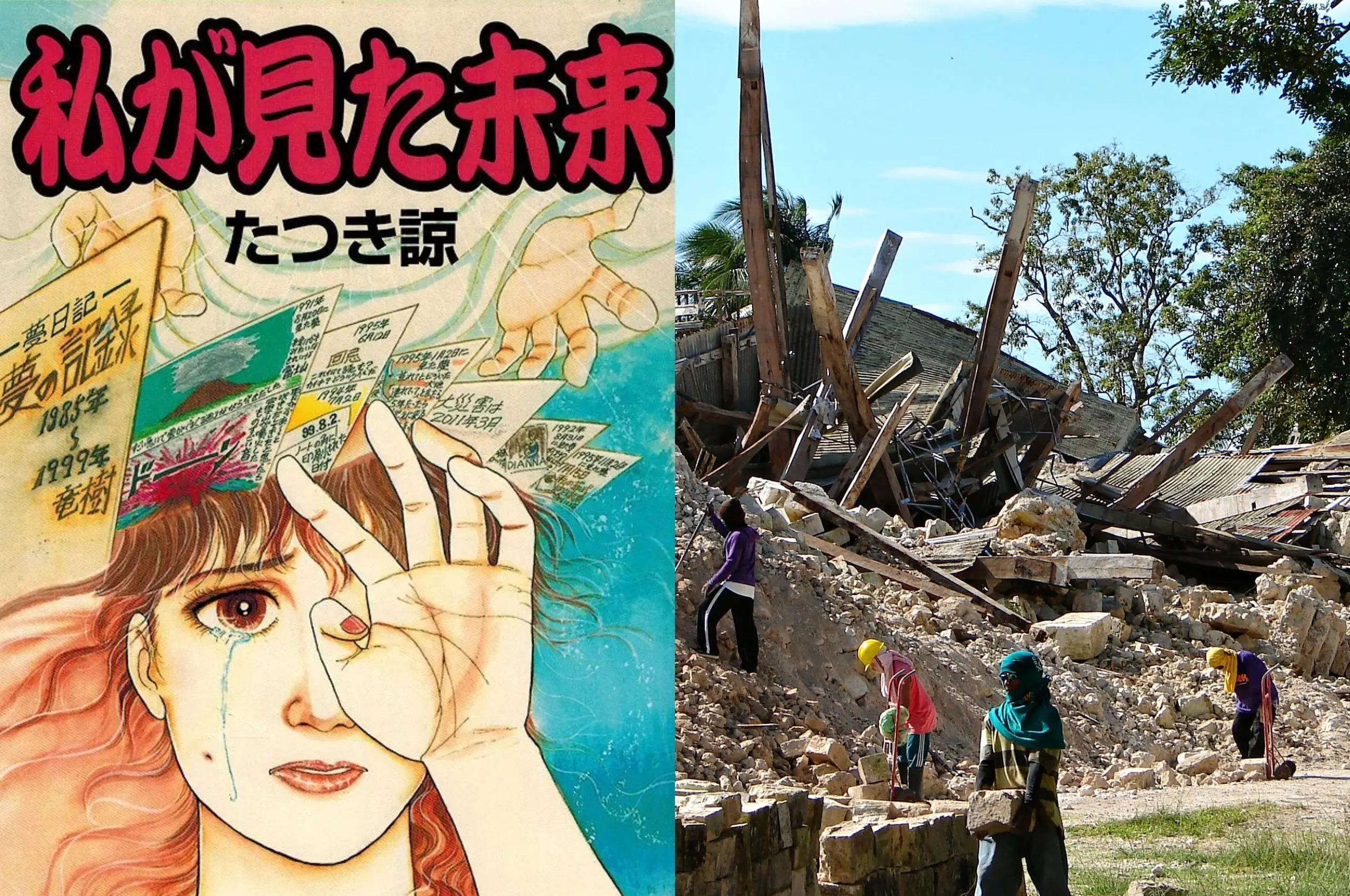Update (July 30, 2025, 8:04 p.m.): A magnitude 8.8 earthquake has struck Russia’s eastern Kamchatka Peninsula, causing widespread tsunami warnings in countries across the Pacific, including the Philippines. Nearly 2 million people in Japan have been evacuated, while Hawaii is bracing for tsunami waves to hit their shores soon. Russia’s Sakhalin region has declared a state of emergency.
The Philippine Institute of Volcanology and Seismology (PHIVOLCS) initially issued tsunami warnings for eastern coast areas, which was later cancelled The Department of Science and Technology said in an update that says no significant sea level disturbances or destructive tsunami waves were recorded in the country.
Tourists from Hong Kong are choosing to skip their Japan trips over rumors of a looming megaquake, predicted to hit the earthquake-prone country on Saturday, July 5. In 1999, “The Future I Saw” by Ryo Tatsuki saw that a major disaster would hit Japan in March 2011. The story became the basis of internet speculation when an actual earthquake and tsunami hit the Tōhoku region on the exact same day as the manga.
Now, the internet is freaking out as “The Future I Saw” said another earthquake would happen in July this year, reportedly claiming that a crack will open under the seabed between Japan and the Philippines, creating panic on social media in the past months. In a press conference, Miyagi prefecture Governor Yoshihiro Murai said, “I believe it is a serious issue when the spread of highly unscientific rumors on social media had an effect on tourism.”
Seismologists say that earthquakes cannot be predicted, but they can be forecasted. The United Nations Office for Disaster Risk Reduction says an earthquake forecast “tells you the chance or the probability of a range of future earthquakes in a given region, including how big the quakes may be, and how frequently they will occur over a specified time period.”
The Big One

As Japan navigates this hit on its tourism, it raises the question of whether the Philippines is ready for a cataclysmic earthquake. For over a decade, the Philippine Institute of Volcanology and Seismology (PHIVOLCS) has warned that a 7.2-magnitude earthquake, dubbed the “Big One,” may hit Metro Manila and other areas along and near the West Valley Fault. The faultline runs between a part of the Sierra Madre mountains in Rizal to Laguna, and is found east of Metro Manila, along the cities of Marikina, Pasig, Makati, Taguig, and Muntinlupa.
In 2013, former PHIVOLCS Director Renato Solidum Jr. explained the forecast was based on the fault’s pattern of moving every 400 years. As the last earthquake along the West Valley Fault happened in 1658, Solidum said that the next quake “can happen within our generation or the next generation.”
In March, current PHIVOLCS Director Teresito Bacolcol said that the agency expects the Big One’s death toll to be around 51,500.
“The expected ground shaking in Metro Manila is intensity 8, and also, we expect [that of] residential buildings, around 12 percent to 13 percent [would] sustain heavy damage,” said Bacolcol in a GMA report.
Unprepared for Disaster
Additionally, other earthquake generators pose greater concerns, such as the Gabaldon Fault in Nueva Ecija, the Philippine Trench running along the east of the country, and the Manila Trench to the west of Luzon.
Is the Philippines prepared for the earthquakes and tsunamis that these faultlines may bring? The Office of Civil Defense (OCD) thinks not. “Hindi natin pwedeng pagandahin ‘yang sagot. Kailangang maghabol tayo talaga,” said OCD Undersecretary Ariel Nepomuceno in a TeleRadyo interview in March, following a 7.7-magnitude earthquake that devastated Myanmar.
Nepomuceno said that Filipinos are familiar with the “duck, cover, and hold” protocol, but the country lacks earthquake-proof infrastructure. According to him, structures such as houses, buildings, and bridges need to be improved, while schools and health facilities must be retrofitted to withstand massive tremors.





